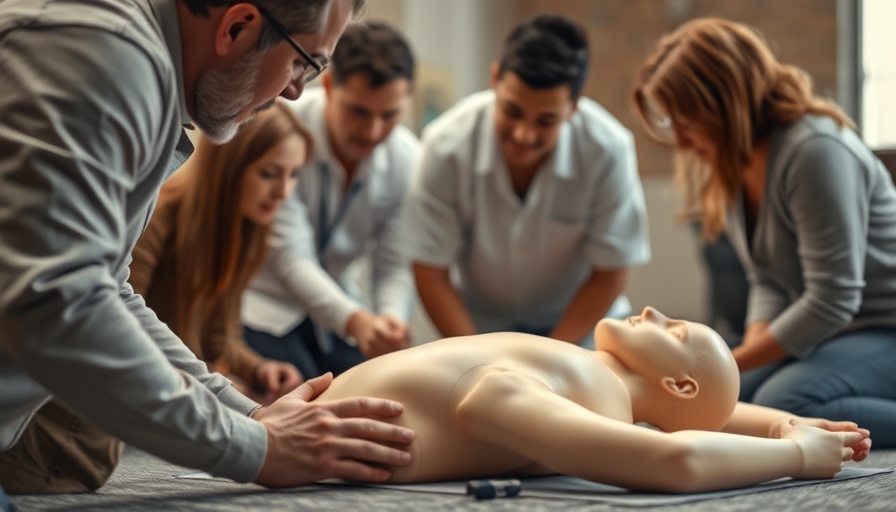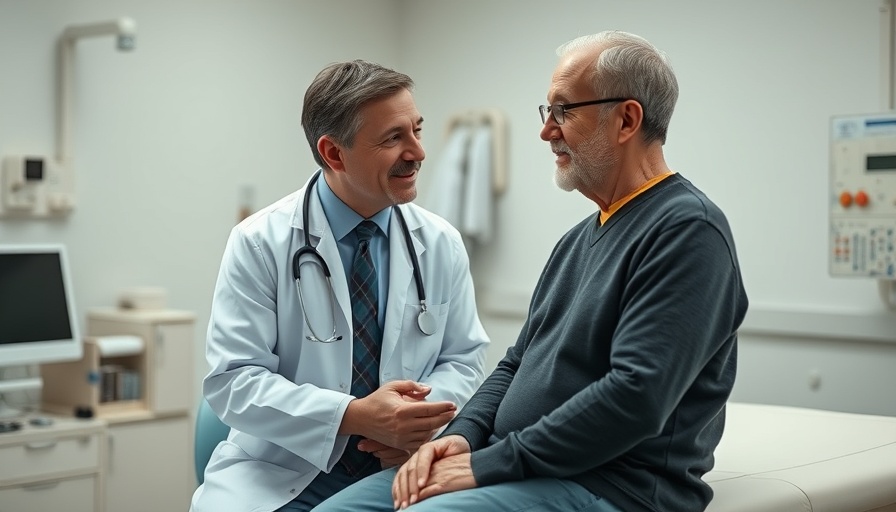
Saving Lives with Technology: The Impact of Smartphone-Activated CPR
Recent advances in medical technology are reshaping how we respond to emergencies, particularly in the realm of cardiopulmonary resuscitation (CPR). A groundbreaking study from Australia highlights the effectiveness of smartphone alerts in mobilizing trained bystanders to provide CPR during out-of-hospital cardiac arrests. This innovative approach has shown promise in significantly increasing survival rates, indicating a pivotal shift in emergency response strategies.
The Statistics Behind Sudden Cardiac Arrests
Understanding the urgency of cardiac arrests is crucial. Each year, approximately 350,000 out-of-hospital cardiac arrests occur in the United States alone. The chances of survival decrease by about 10% for every minute that passes without intervention. This emphasizes the need for immediate action, and the study has underlined how early intervention can lead to a 37% increase in survival rates when volunteer responders arrive before emergency medical services (EMS).
How Smartphone Technology Is Making a Difference
The GoodSAM app is at the forefront of this technology-driven initiative. Upon reporting a cardiac arrest, the app alerts the three nearest volunteer responders, facilitating a quick response, especially in urban environments. This immediate connection can be life-saving. Research shows that when volunteers arrived first, the odds of receiving bystander CPR surged to 7.6 times greater than situations without their involvement.
Volunteer Engagement: Key to Success
Creating a culture of community engagement is essential in emergency situations. The study reveals that having laypersons trained in CPR, rather than solely relying on trained professionals, can significantly enhance the response to cardiac arrests. As one expert noted, “What we've found in the most successful events is that people just self-organize.” By utilizing smartphones to create an effective connection among community members, we can capitalize on immediate bystander support, greatly enhancing patient outcomes.
Challenges and Considerations Ahead
While the benefits are clear, the implementation of such technologies also presents challenges, including ensuring a sufficient number of trained volunteers and addressing potential safety concerns in emergency situations. Moreover, while apps like GoodSAM are setting new standards, there is still room for growth. Future iterations could integrate more comprehensive training videos or real-time guidance for volunteers, further refining the quality of care administered before EMS arrives.
A Future of Responsive Communities
Ultimately, the study reflects a promising trend toward cultivating responsive communities equipped to handle medical emergencies swiftly. This transformation is driven by technology’s ability to connect resources quickly and efficiently, highlighting not only potential survival but also a greater sense of community responsibility. Mobile apps that prompt immediate action by nearby CPR-trained volunteers are not just innovations in healthcare; they are potential life-saving tools that can bridge the gap between emergency and intervention.
 Add Row
Add Row  Add
Add 




 Add Row
Add Row  Add
Add 

Write A Comment